Aggregates:
Aggregates are inert granular, substances like either sand gravel or crushed stone which are an important component in concrete, alongside water and portland cement.
Aggregates must be pure, hard, solid particles free from ingested chemicals or adhesives of clay as well as other fine materials for a good concrete mix that could trigger the concrete to deteriorate.
Aggregates, which make up 60 to 75 percent of the overall concrete volume, are classified into two different categories: fine and coarse.
With most particles going through a 3/8-inch sieve, fine aggregates typically consist of natural sand or crushed stone.
All particles larger than 0.19 inches are coarse aggregates but usually vary between 3/8 and 1.5 inches in diameter. Gravels make up much of the remaining coarse aggregate used in concrete with crushed stone.
Natural gravel and sand from a pit, river, lake, or seabed are normally mined or dredged. By crushing quarry rock, boulders, cobbles, or large-sized gravel, crushed aggregate is made.
Recycled concrete has been used satisfactorily in granular sub-bases, soil-cement, and fresh concrete and is a viable source of aggregate.
To obtain proper cleanliness and gradation, aggregate is treated after harvesting: crushed, screened, and washed. If required, the output can be upgraded by a benefaction method such as jigging or heavy media separation.
Until processed, to minimize segregation and deterioration and avoid contamination, the aggregates are treated and stored.
Aggregates greatly impact the freshly mixed and hardened properties of concrete, the proportions of the mixture, and the economy.
Selection of aggregates is therefore an essential process. Although some variance is anticipated in aggregate properties, the characteristics considered include:
- Grading
- Durability
- Form of particles and texture of surfaces
- Abrasion and resistance to skids
- Weights of a unit and voids
- Absorption and moisture on the surface
Grading refers to the determination of the aggregate particle-size distribution. Grading limits and maximum aggregate size are defined since the amount of aggregate used as well as the specifications for cement and water, workability, pumpability, and toughness of concrete are influenced by these properties.
Generally speaking, if the water-cement ratio is selected correctly, a wide variety of grades can be used without having a noticeable impact on strength.
When the gap-graded aggregate is defined, those aggregate particle sizes are excluded from the spectrum of scale.
Gap-graded aggregate is used in exposed aggregate concrete to achieve uniform textures. In order to prevent segregation, close control of mixed proportions is required.
Also, Read: Density of Cement Sand and Aggregate | Cement Density | Sand Density | Aggregate Density | list of Density
How to do Shape and Size Matter in Aggregate?
The characteristics of freshly mixed concrete are determined more by particle form as well as surface texture than with the characteristics of concrete.
Rough-textured, angular, and elongated particles consume more water than smooth, rounded, compact aggregates to create workable concrete.
Consequently, to preserve the water-cement ratio, the concrete mixture should also be raised. Flat and elongated particles are usually excluded or are restricted by mass to approximately 15 percent of the overall aggregate.
Unit-weight tests in concrete the quantity the graded aggregate and the voids between them will fill.
The quantity of cement paste needed for the mixture is influenced by the air voids among particles. The void material is augmented by angular aggregates.
The void content is minimized by greater sizes of well-graded aggregate and better grading.
While choosing the aggregate, absorption including surface moisture of the aggregate is determined since the internal structure of the aggregate consists of a solid material including voids which may or may not contain water.
The quantity of water in the concrete mixture should be modified to also include the aggregate’s moisture requirements.
If the aggregate is to be used in concrete constantly subject to abrasion, such as in heavy-duty floors or pavements, abrasion and skid resistance of an aggregate is important.
Various minerals at various concentrations in the aggregate wear and polish. In highly abrasive conditions, to reduce wear, harder aggregates can be chosen.
Fine Aggregate Vs Coarse Aggregate:
In accordance with materials which are used to combine with concrete in building activities, the terms fine and coarse aggregate are used.
Aggregate is a composite substance that helps to tie the concrete together as it provides concrete strength and strengthening.
To shape concrete, aggregate is mixed with cement that is used to lay the base of a road or even a roof in a building.
Many ingredients, such as sand, gravel, stone, crushed rock and sometimes even waste slug from the iron and steel industry, are used to form aggregates.
In general, aggregate is graded as fine and coarse. In this article, the distinctions between these two aggregate forms will be discussed.
Ingredients play a very significant role in the quality of concrete. Crushed stone that is coarse occurs to be low cost in low to moderate strength concrete as it helps to make up the volume required to fill the base.
However, if high-performance concrete is needed where the concrete strength is similar to the aggregate strength, fine aggregate is required so that the framework does not have a weakness.
Mixing both fine and coarse aggregate in concrete is necessary because coarse aggregate is unable to cover the surface area in the way that fine aggregate does.
It is important to note that the contribution of the coarse aggregate is much smaller than the fine aggregate to cover the surface area.
As far as form is considered, to achieve maximum packing density followed by cubical and flaky forms, spherical aggregate is considered the highest.
Oversized aggregate creates trouble on the field in a simple way when setting the concrete. If it is for coarse or fine aggregate, it must be noted that the particle size does not change greatly as it hampers a good performing concrete.
If a coarse or fine aggregate is used, particle size should be as uniform as possible in order to provide a concrete that works satisfactory manner.
It is clear that the concrete placer requires aggregate to be such that concrete with little to no effort can be put and compacted. The best way to attain this goal is to go for particles with spherical aggregates.
These are filler materials used in concrete mixtures, but the substance produced by a combination of smaller grain and mineral particles is referred to as a fine aggregate, and the coarse aggregate is regarded as the material containing gravel, cobble, and boulders.
Coarse aggregates are particles less than 4.75 mm in size; for larger aggregates, however, the range can be found from 9.5 mm and 37.5 mm in diameter.
Fine aggregates, on the other hand, are so small in scale that they can pass through a 9-mm sieve.
Difference Between Fine and Coarse Aggregate: According to Size-
The fine aggregates could be categorized into coarse sand, medium sand, and fine sand under the IS requirements. But from the other hand, we will have various coarse aggregate groups, including principal, secondary and recycled.
Fine aggregates consisting of natural sand and stone are classified into Zone 1 to Zone 4 on their ability to move through 600 microns.
From Zone-1 to Zone-4, the zones gradually become finer. 90 to 100 percent of the fine aggregate passes 4.75 mm of IS sieve according to areas, and 0 to 15 percent passes 150 microns of IS sieve.
The coarse aggregate has a nominal scale of 40 mm, 20 mm, 16 mm as well as 12.5 mm.
Also, Read: Lab Test on Aggregates at Site
Difference Between Fine and Coarse Aggregate: According to Source-
Not only are the size parameters included in the basic distinction between fine and coarse aggregates, but you can distinguish these two based on their origins.
The coarse aggregate can be defined into three categories according to the source:
- Uncrushed Gravel or Stone produced by natural rock disintegration.
- Crushed gravel or stone obtained by grinding hard stone or gravel.
- Partially Crushed Gravel or Stone, which is created by combining the two aggregates above
We can have three distinct types of fine aggregates according to the source, such as:
- Natural Sand is the product of rock disintegration. The process by streams or glacial agencies of disintegration and deposition is entirely natural.
- It is formed when hard stones are crushed. It is formed when hard stones are crushed.
- Crushed Gravel Sand, as the name suggests when crushing of natural gravel occurs, shapes it.
For making thin-walled and traditional reinforced concrete structural elements, fine aggregates are used. It is commonly used in highway and airfield construction due to its fine-grained structure.
The use of fine aggregate increases the amount of binder needed, which can be decreased by coarse aggregate use.
Therefore, to obtain strength and durability from any concrete construction, an accurate proportion of both fine and coarse aggregate is required.
Also, Read: What Is Fine Aggregate | Types of Fine Aggregates (Classification)
Aggregates
Aggregate is a term for any particulate material. It includes gravel, crushed stone, sand, slag, recycled concrete, and geosynthetic aggregates. Aggregate may be natural, manufactured, or recycled. Aggregates make up some 60 -80% of the concrete mix.
Fine Aggregate Vs Coarse Aggregate
Fine aggregates generally consist of natural sand or crushed stone with most particles passing through a 3/8-inch sieve. Coarse aggregates are any particles greater than 0.19 inch, but generally range between 3/8 and 1.5 inches in diameter.
Also, Read: What Is Bulkage of Sand (Fine Aggregate )
What Is Fine Aggregate?
Fine aggregates are essentially any natural sand particles won from the land through the mining process. Fine aggregates consist of natural sand or any crushed stone particles that are ¼” or smaller. This product is often referred to as 1/4’” minus as it refers to the size, or grading, of this particular aggregate.
What Is Coarse Aggregate?
Coarse aggregates are a construction component made of rock quarried from ground deposits. Examples of these kinds of ground deposits include river gravel, crushed stone from rock quarries, and previously used concrete. Coarse aggregates are generally categorized as rock larger than a standard No.
Difference Between Coarse and Fine.
Fine aggregates generally consist of natural sand or crushed stone with most particles passing through a 3/8-inch sieve. Coarse aggregates are any particles greater than 0.19 inch but generally range between 3/8 and 1.5 inches in diameter.
Fine Aggregate Size
Fine aggregates are usually sand or crushed stone that are less than 9.55mm in diameter. Typically the most common size of aggregate used in construction is 20mm. A larger size, 40mm, is more common in mass concrete. Larger aggregate diameters reduce the quantity of cement and water needed.
Coarse and Fine Aggregate
Fine aggregates are the particles that pass through 4.75 mm sieve and retain on 0.075 mm sieve. Coarse aggregates are the particles that retain on 4.75 mm sieve. Sand, surki, stone screenings, burnt clays, cinders, fly ash, etc are used as fine aggregate in concrete.
Fine Aggregates Are Any Particles Greater Than 0.19 Inch, but Generally Range Between 3/8 and 1.5 Inches in Diameter.
Actually, that definition is not accurate. Fine aggregates are materials that pass through a 4.75 mm (No. 4) sieve and are typically smaller than 9.5 mm (3/8 in) in diameter. Examples of fine aggregates include sand, crushed stone dust, and gravel screenings.
Aggregate Cost
Aggregate cost refers to the total amount of money required to create a product, provide a service or implement a project. Aggregate cost is sometimes also referred to as “total cost” because it encompasses all costs associated with the totality of a project or production.
Building Aggregate
Aggregate, in building and construction, material used for mixing with cement, bitumen, lime, gypsum, or other adhesive to form concrete or mortar. The aggregate gives volume, stability, resistance to wear or erosion, and other desired physical properties to the finished product.
It Is the Reason for Mixing the Right Proportion of Fine and Coarse Aggregates
Mixing the right proportion of fine and coarse aggregates is essential in achieving the desired strength, durability, workability, and economy of concrete. The proportion of fine and coarse aggregates in a concrete mix affects the properties of the fresh and hardened concrete.
Is Gravel Fine or Coarse?
Coarse aggregates are any particles greater than 0.19 inch, but generally range between 3/8 and 1.5 inches in diameter. Gravels constitute the majority of coarse aggregate used in concrete with crushed stone making up most of the remainder.
Difference Between Coarse and Fine Sand
Also known as Building sand, Soft sand and Silver sand. Unlike coarse sand, fine sand is much finer due to the grains being much smaller. In terms of the grains, unlike the coarse, sharp and angular grains that make up coarse sand, the grains in fine sand are much more rounded and smooth.
Fine Vs Coarse
A fastener with a fine thread equates to a fastener with a large number of threads per distance along the fastener. In contrast, a coarse thread fastener equates to a fastener with a low number of threads per distance along the fastener.
Examples of Fine Aggregate
Sand, surki, stone screenings, burnt clays, cinders, fly ash, etc are used as fine aggregate in concrete. Brick chips (broken bricks), stone chips (broken stones), gravels, pebbles, clinkers, cinders etc.
Mixture of Course and Fine Aggregates Held Together in a Rocklike Mass with Cement Paste Reinforced with Steel.
In its simplest form, concrete is a mixture of paste and aggregates (sand & rock). The paste, composed of cement and water, coats the surface of the fine (sand) and coarse aggregates (rocks) and binds them together into a rock-like mass known as concrete.
Coarse Graded Aggregate
Coarse graded aggregate refers to a type of construction material that is composed of particles such as gravel, crushed stone, or slag, which are larger than 5 mm in size. These particles are typically used in the construction of roads, bridges, buildings, and other infrastructure projects.
Uncrushed Aggregate
Natural (uncrushed aggregates) and artificial (crushed aggregates) are two types of coarse aggregates normally found. 40mm-downgraded natural stones are designated as uncrushed aggregates and that above 63 mm is termed as boulders or gravels.
Aggregate Difference
Aggregate and average are two terms that are often used in calculations. However, these two terms mean two different things. Aggregate refers to the total sum of elements in a data set whereas average refers to the central value in a dataset. This is the key difference between aggregate and average.
Like this post? Share it with your friends!
Suggested Read –
- Coarse Soil
- What Is Dressing of Stone | Types of Dressing of Stone
- Alignment of Road | Alignment In Design | Horizontal Alignment of Road | Vertical Alignment of Road
- What Is Auxiliary Plane | Types of Auxiliary Plane | Types of Auxiliary View | How to Draw Auxiliary View | Drawing Steps for Auxiliary View
- Well Point System | Types of Well Point System | Well Point Dewatering | PVC Well Point | Well Point Installation | Well Point for Shallow Well
- What Is a Cavity Wall | How to Build a Cavity Wall | Cavity Wall Detail | Cavity Wall Thickness | Cavity Wall Insulation Pros and Cons | Brick Cavity Wall
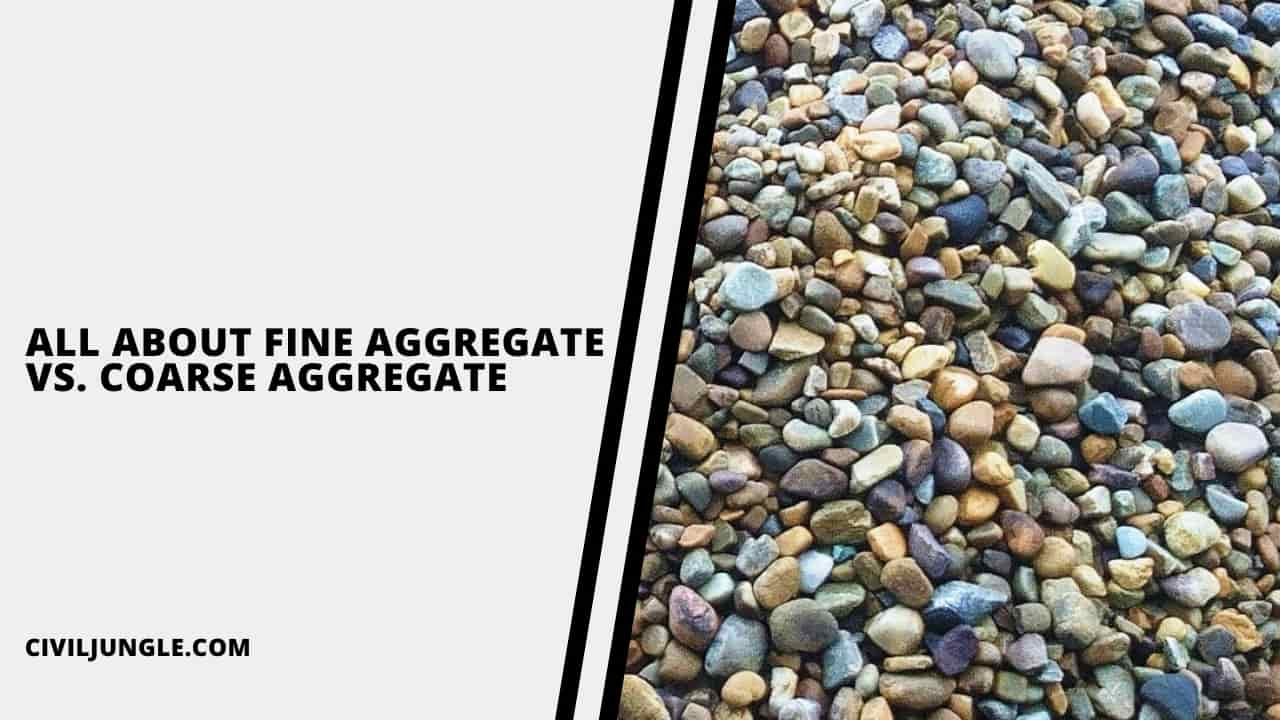
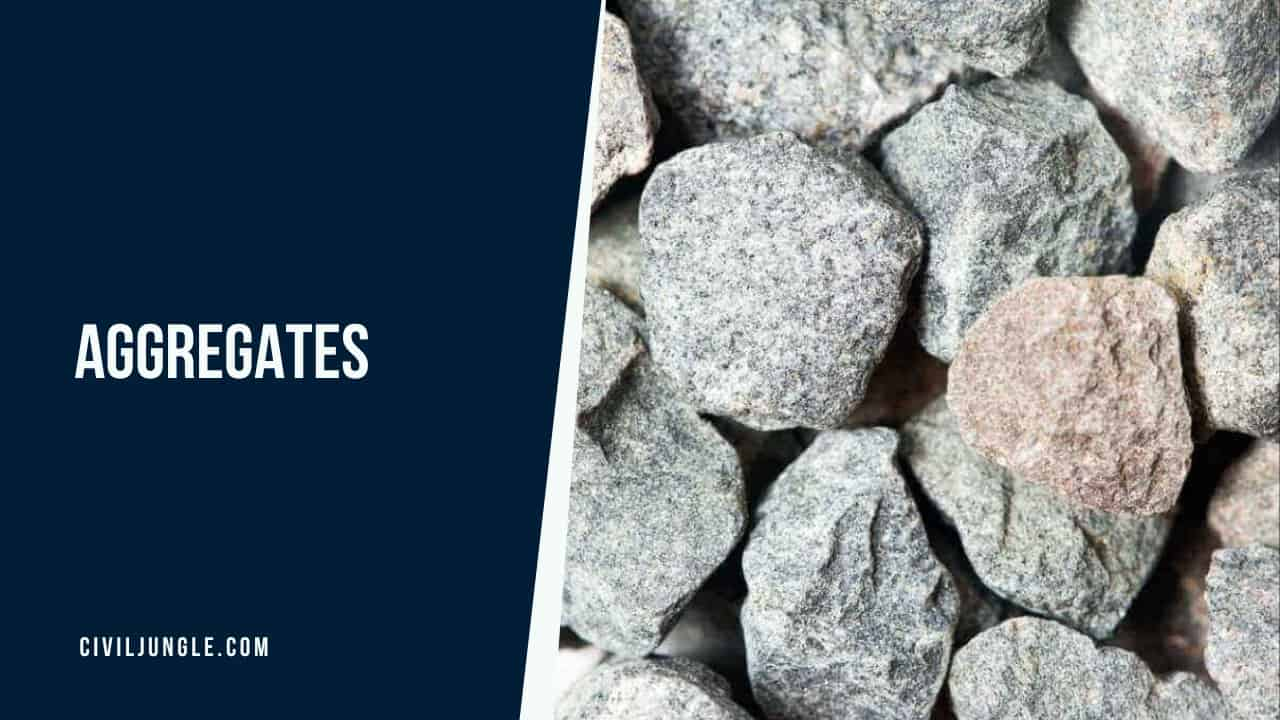
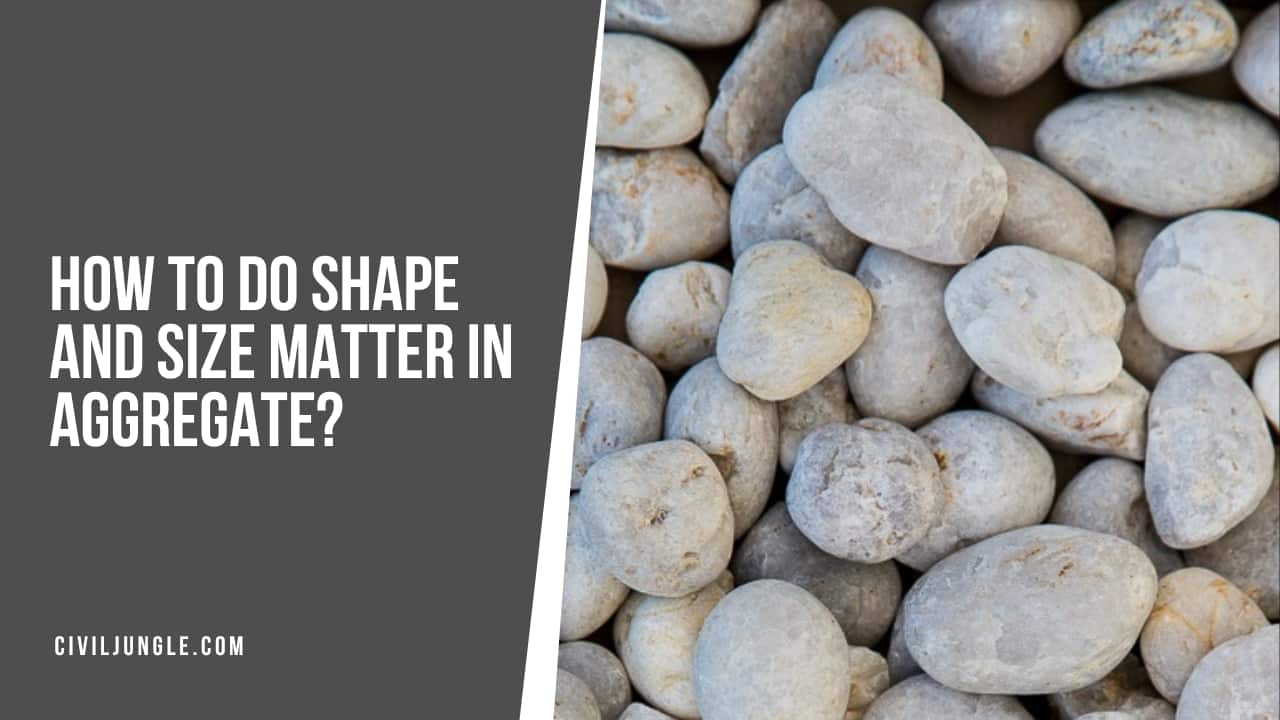
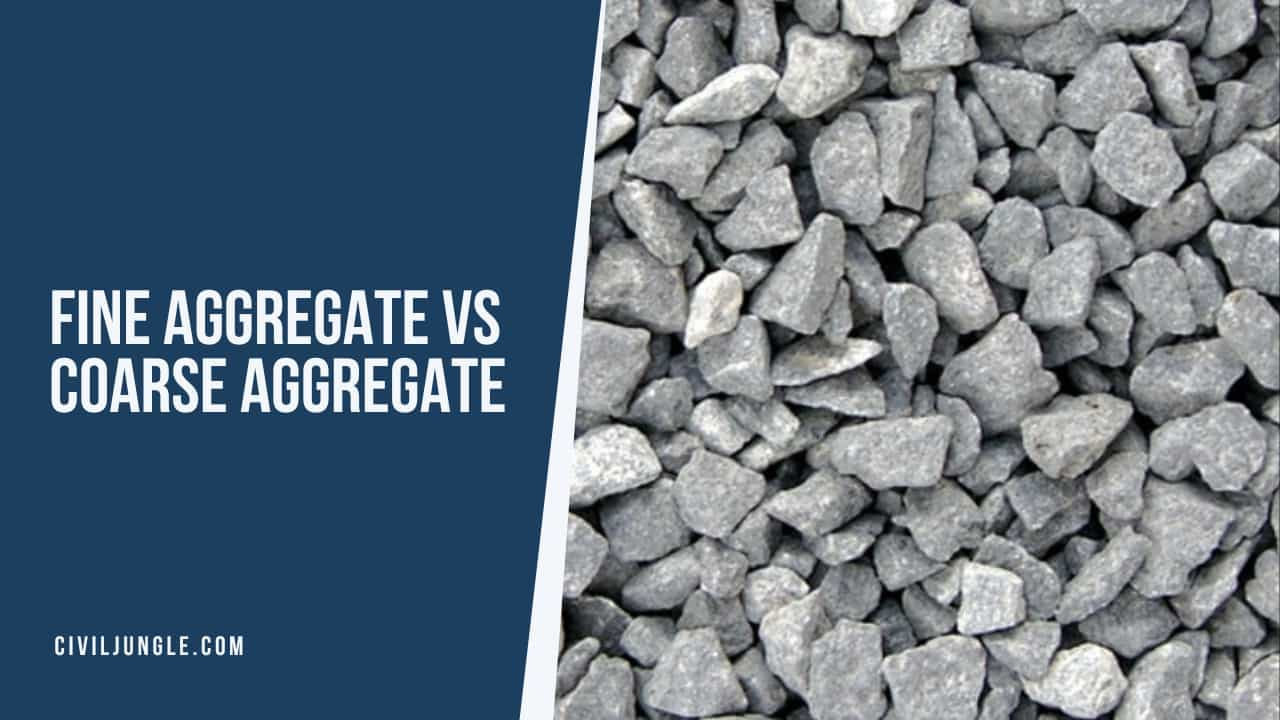
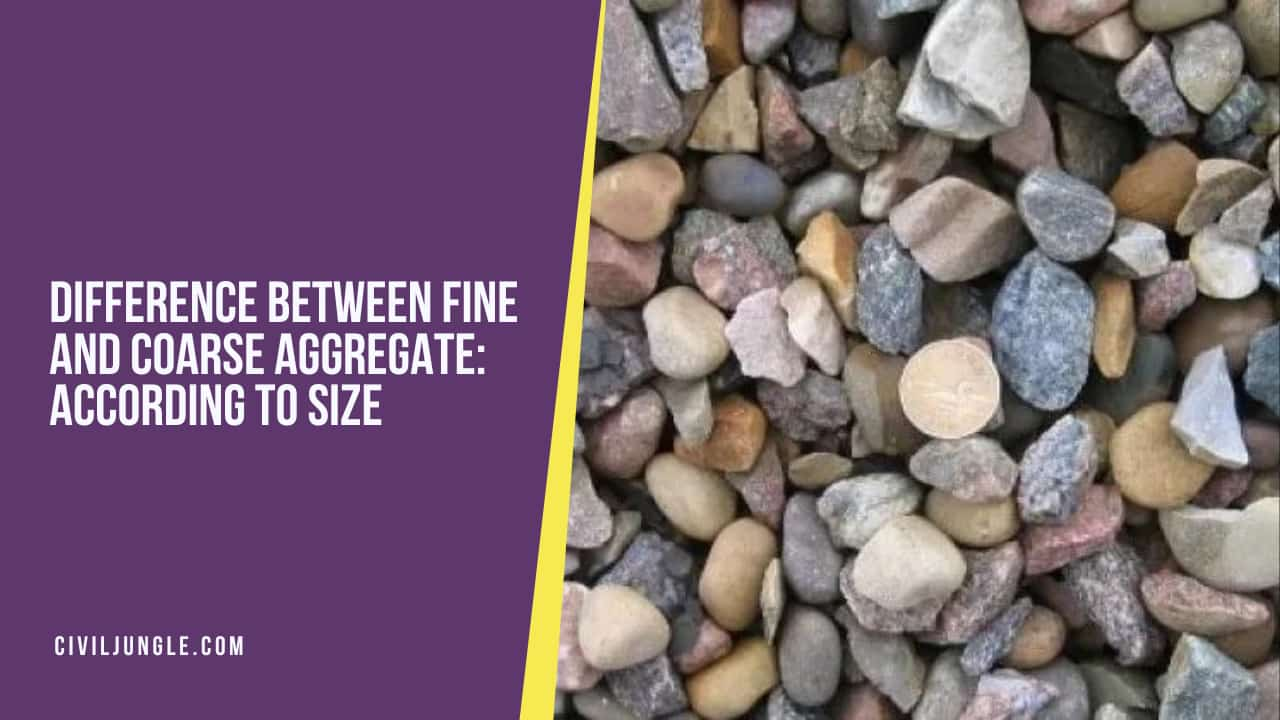
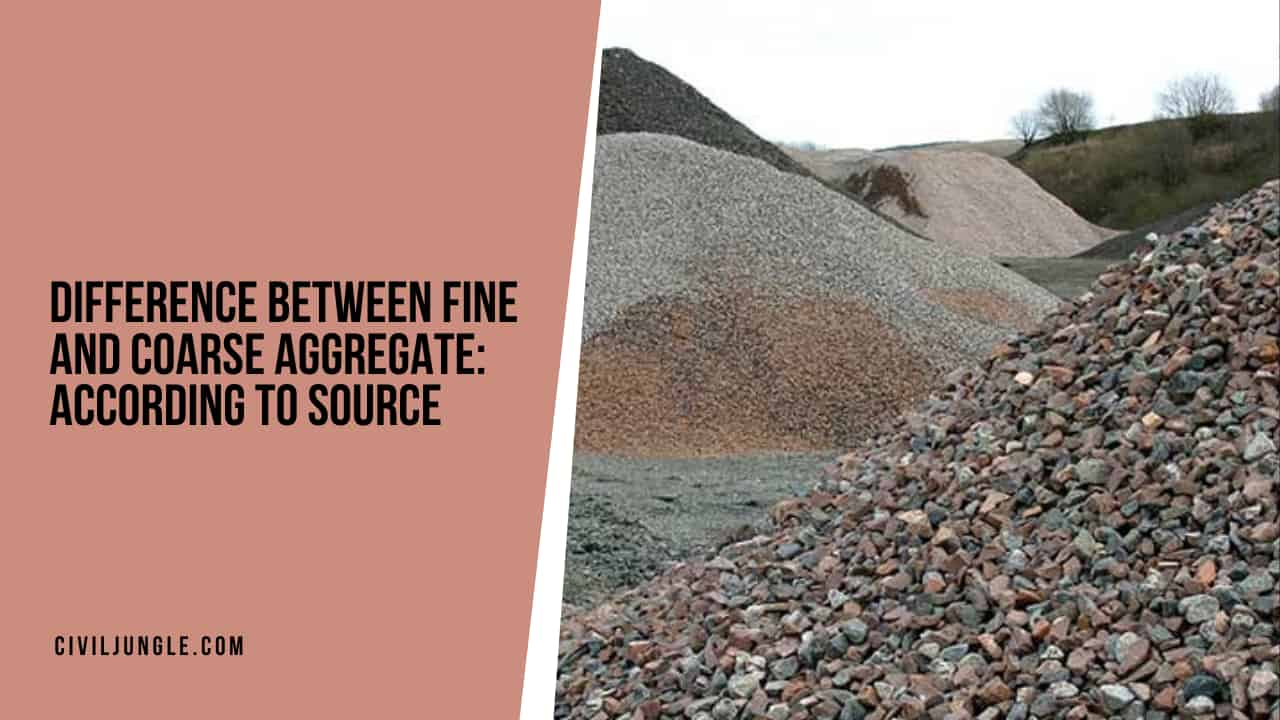

Leave a Reply